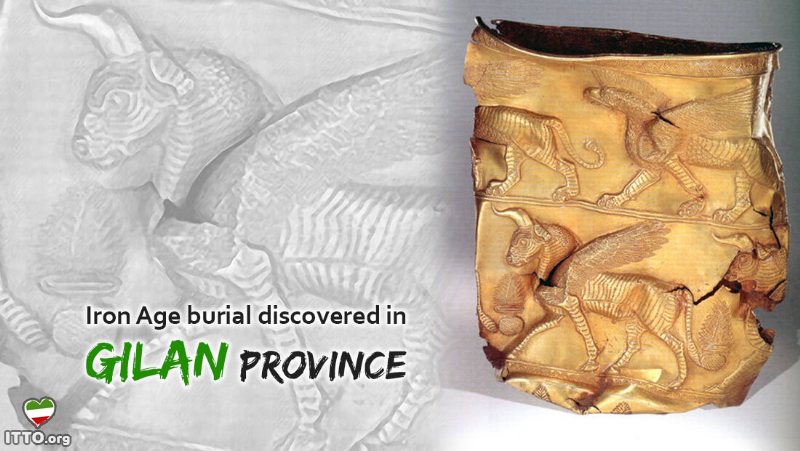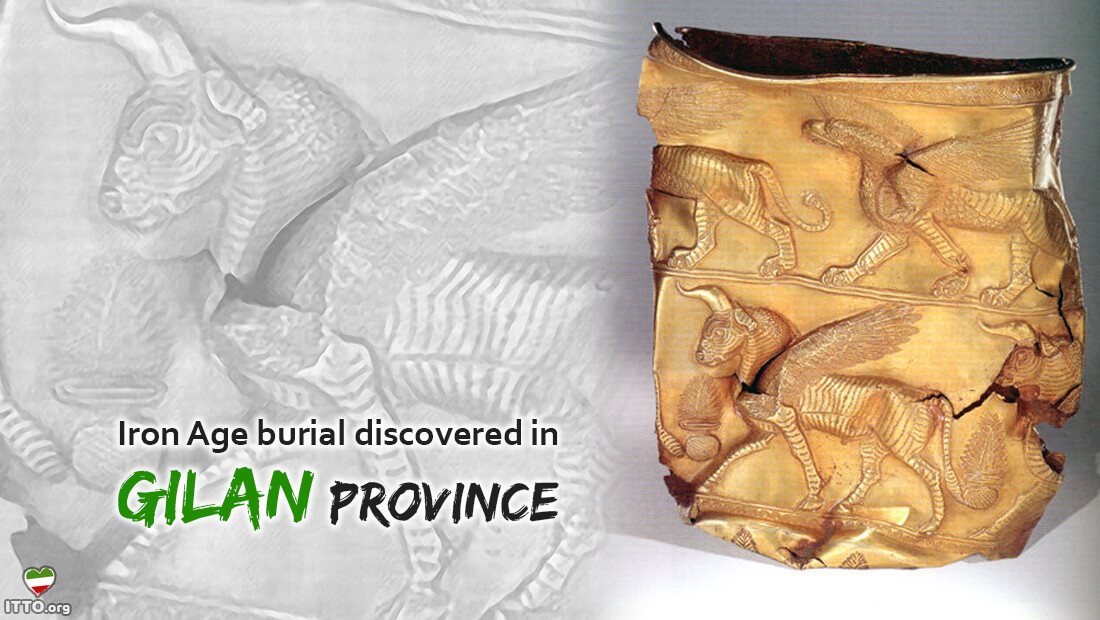Bounded by the
Caspian Sea on the north, the province of Gilan situated in northern Iran is extremely rich in Iron Age cultural sites especially
cemeteries. Also, Gilan was within the sphere of influence of the successive mighty empires of
Achaemenian, Seleucid,
Parthian, and Sasanids that ruled Iran until the 7th century CE.
The
Iron Age in Iran and
Gilan is divided into three sections: Iron Age I, II, and III. Furthermore, some archaeologists believe the existence of Iron Age IV, which continues until the middle of the
Parthian (Ashkanian) period (end of 1st Millennium BC).
According to a scientific article conducted by the senior Iranian archaeologist Yousef Fallahian, in almost all
Iron Age sites of
Gilan, the dead had been buried on the right shoulder or left shoulder and bent legs with low and high curvature degrees. Only a small number of bodies had been buried supine (face up) in some cemeteries.
“A particular conclusion cannot be drawn on this relationship at present… however, almost in all
Iron Age cemeteries of
Gilan, the tradition of burying objects as grave goods, near the dead bodies, was common. In most cases, these objects included pottery, porcelain, and metal objects, pottery and metal figures, metal weapons including daggers, spears, axes, swords, maces, ornaments made of stone, metal, etc.”
“It seems that their richness and abundance were related to the degree of wealth or social position of the person. This means that more valuable objects are more show that the person who has died was of higher social standing,” Fallahian says.
His intensive field studies have revealed that Iron Age burial customs include the structure of the graves, the direction, and condition of human or animal skeletons, and the placement of objects in the
graves.
Moreover, his investigation shows that at least there are three different Iron Age burial cultures in
Gilan and is divided into three domains. Each domain has been explained, concerning its burial culture and how it differs from the others.



